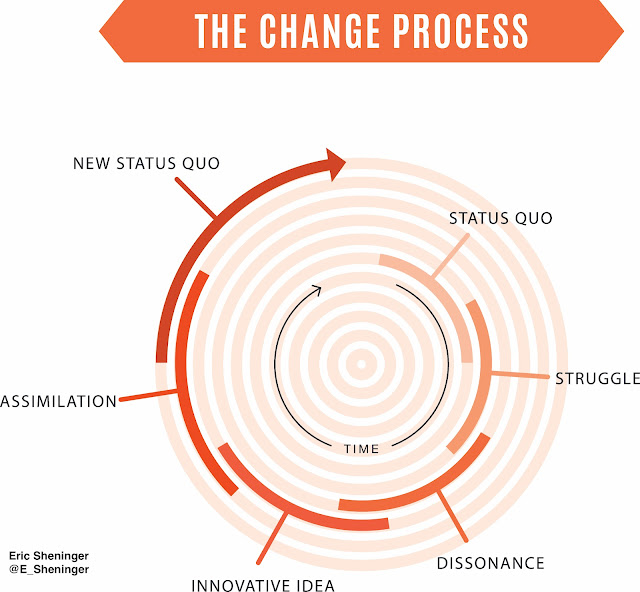I love talking about leadership and am always intrigued to review what I have written on the topic over the years. Recently, on my podcast Unpacking the Backpack, I revisited another 2019 blog post. The focus was on efficacy, an often misunderstood topic in the education space. Take a listen on Spotify or wherever you access your favorite podcasts. You can also read the blog post HERE. Below are some expanded thoughts on the topic.
Leadership isn't just about holding a title; it's about driving meaningful change. Effective leaders are those who cultivate a strong sense of efficacy – the belief in their ability to impact their students, staff, and community positively. This belief isn't just wishful thinking; it's a cultivated mindset grounded in specific actions and strategies backed by results in the form of evidence. Here are some more detailed thoughts:
Accountability matters and is a reality in our work. We are accountable first and foremost to our learners. Statements and claims didn’t cut it, and this was more than fair. The term efficacy kept finding its way into the conversation and my head. In the real world of education efficacy matters and it is important that this is part of the larger conversation when it comes to change. It is a word that, in my opinion, has to be a part of our daily vocabulary and practice. Simply put, efficacy is the degree to which desired outcomes and goals are achieved.
So, how do we, as educational leaders, build and maintain this crucial sense of efficacy? It starts with self-awareness. Reflect on your strengths and areas for growth. What are your core values as an educator? What experiences have shaped your leadership style? Understanding your own beliefs and motivations is the foundation upon which effective leadership is built.
Next, focus on building strong relationships. Efficacy isn't a solitary pursuit. It thrives in collaborative environments. Invest time in getting to know your staff, students, and parents. Actively listen to their concerns, celebrate their successes, and create a culture of mutual respect and trust. When people feel heard and valued, they are more likely to be engaged and invested in the shared goals of the school.
A key component of efficacy is setting clear, achievable goals. Avoid vague aspirations and, instead, focus on specific, measurable, attainable, relevant, and time-bound (SMART) objectives. Break down larger goals into smaller, manageable steps. This allows for consistent progress and provides tangible evidence of your impact, further reinforcing your sense of efficacy. Celebrate these milestones with your team, acknowledging their contributions and fostering a sense of shared accomplishment.
Embrace continuous learning. In this disruptive world, the landscape is constantly evolving. Stay informed about current research, effective practices, and innovative approaches to teaching and learning. Encourage professional growth opportunities for your staff and create a culture of ongoing learning within your school. By continuously expanding your knowledge and competencies, you'll be better equipped to navigate challenges and make informed decisions, boosting your confidence and efficacy.
Remember that setbacks are inevitable. Efficacy isn't about avoiding challenges; it's about how you respond to them. View setbacks as learning opportunities. Analyze what went wrong, identify areas for improvement, and adjust your approach accordingly. Resilience and a growth mindset are essential for maintaining efficacy in the face of adversity.
Leading with efficacy is a journey, not a destination. It requires continuous effort, self-reflection, and a genuine commitment to the success of your students, staff, and community. By focusing on self-awareness, relationship building, goal setting, continuous learning, and resilience, you can cultivate a strong sense of efficacy and lead with impact, making a real difference in the lives of those you serve.



